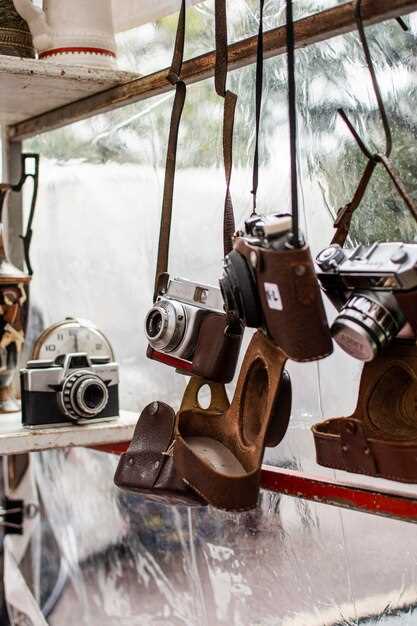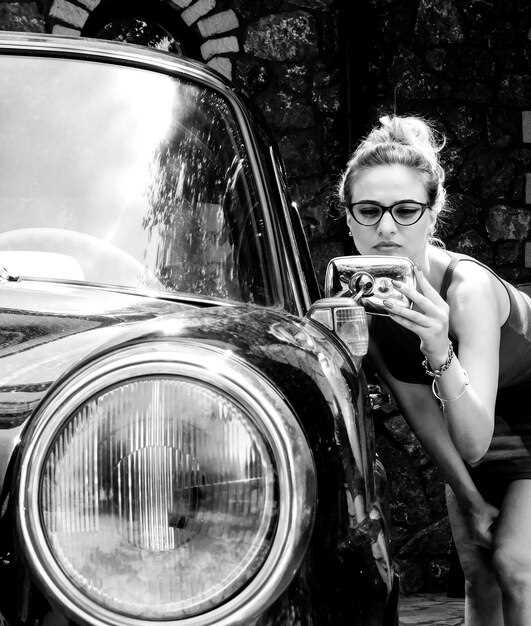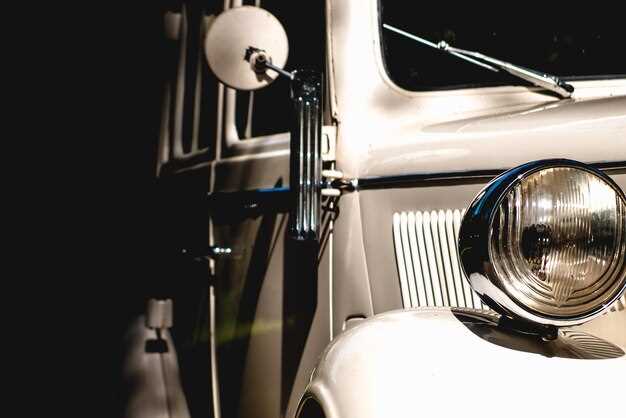
Photography is an art that allows us to capture the essence of time, and when it comes to vintage vehicles, every photo tells a story steeped in history. Mastering vintage vehicle photography techniques not only enhances your skills but also enriches the narrative that each classic car or motorcycle embodies. Understanding how to highlight the charm and character of these timeless machines will take your photographic endeavors to the next level.
In this article, we will explore various techniques that can transform your vintage vehicle photos from ordinary to extraordinary. From choosing the right angles and lighting to utilizing post-processing tricks, each method contributes to creating images that resonate with nostalgia and beauty. Experimentation and practice are crucial in developing a unique photographic style, particularly when focusing on vehicles that possess a rich heritage.
Whether you are a novice or an experienced photographer, employing these specialized techniques will help you effectively capture the spirit of vintage vehicles. Join us on this journey as we unveil the secrets behind stunning automotive photography, empowering you to elevate your craft and make every shot count.
Capturing Authentic Detail in Classic Car Features
When it comes to vintage vehicle photography, the key to showcasing the charm of classic cars lies in capturing their authentic details. Here are effective techniques to highlight these features:
- Close-Up Photography: Get close to the car’s details, such as the grille, headlights, or interior upholstery. Use a macro lens to emphasize textures and materials.
- Natural Lighting: Take advantage of soft, natural light during the golden hour–shortly after sunrise or before sunset. This creates a warm glow that enhances the car’s colors and surfaces.
- Reflections and Shadows: Incorporate reflections and shadows creatively to add depth. Position your camera to capture the car’s reflection in puddles or shiny surfaces.
- Angle Variation: Experiment with different angles. Shoot from lower perspectives to give an imposing view or from above to capture the full shape and design.
- Contextual Background: Choose backgrounds that complement the vehicle’s heritage. Old streets, vintage signage, or natural landscapes can enhance the story you are telling through your photos.
In addition to the techniques mentioned above, consider the following steps:
- Ensure the car is clean and well-maintained. Every detail, from chrome finishes to leather seats, should look pristine.
- Focus on unique features like badges or engine details. These elements represent the history and craftsmanship of vintage vehicles.
- Use a tripod for stability, especially in low-light conditions, to maintain sharpness and clarity.
In conclusion, capturing the authentic detail in classic car features requires a combination of creativity and technical skill. By applying these techniques, you can produce stunning photos that reflect the beauty and essence of vintage vehicles.
Choosing the Right Lighting to Enhance Vintage Aesthetics

When capturing the essence of vintage vehicles, lighting plays a crucial role in highlighting their unique features and charm. The right lighting techniques can transform an ordinary photo into a captivating piece of art that evokes nostalgia.
Natural light is often the most suitable choice for vintage vehicle photography. It provides a soft, diffused effect that accentuates the curves and details of classic cars. Early morning or late afternoon, known as the “golden hour,” offers warm tones that enhance the vintage aesthetic. During these times, shadows are softer, which helps in minimizing harsh contrasts.
Another effective technique involves using backlighting. Positioning the light source behind the vehicle creates a halo effect, emphasizing contours and giving the image a dreamy quality. This method works particularly well with chrome details, as the reflective surfaces catch the light beautifully.
Employing reflectors can also improve lighting conditions significantly. By bouncing light back onto the subject, you can fill in shadows without altering the characteristic vintage feel. Use a white or silver reflector to maintain brightness while enhancing overall clarity.
For indoor shoots or low-light conditions, consider the use of artificial lighting. Softboxes or diffused flashes can recreate the soft lighting typical of outdoor environments. Avoid using direct flash, as it can create unflattering glare and disrupt the vintage aesthetic.
Lastly, experimenting with color temperatures can yield interesting results. Warm light can evoke a sense of nostalgia, while cool light may provide a modern twist. Adjusting the white balance during the photo editing process allows you to fine-tune the warmth and tone, enhancing the vintage vibe desired.
In conclusion, mastering lighting techniques is essential for anyone looking to capture vintage vehicles authentically. By utilizing natural light, backlighting, reflectors, and thoughtful artificial lighting, photographers can create stunning images that resonate with the beauty and history of classic automobiles.
Selecting Optimal Backgrounds for Timeless Car Shots

Choosing the right background is crucial in vintage vehicle photography, as it can enhance the timeless appeal of classic cars. The ideal backdrop should complement the vehicle’s design and color while evoking a sense of nostalgia.
Natural environments often provide stunning contrasts that highlight vintage vehicles. Lush green fields, weathered barns, or coastal roads can create a harmonious scene that speaks to the era of the car. When selecting such locations, consider the overall color palette; warm tones work well with classic cars, particularly those in shades of red, yellow, or orange.
Urban settings also offer excellent opportunities for vintage car photography. Old brick buildings, cobblestone streets, and retro signage can serve as perfect structures that enhance the character of the vehicle. Utilize empty alleyways or quiet streets during off-peak hours to avoid distractions and focus on capturing the car’s essence.
Architectural elements from different eras can complement the subject beautifully. Classic cars against Art Deco buildings or Victorian architecture can create striking compositions that resonate with history. Look for these architectural features in your area to provide a compelling narrative in your shots.
Additionally, avoid busy or chaotic backgrounds that might detract attention from the vintage vehicle. A simple, uncluttered background allows the viewer to appreciate the car without distractions. Utilize depth of field techniques to blur the background, further emphasizing the subject while maintaining context.
When photographing in diverse landscapes, consider the time of day. The golden hour–shortly after sunrise or before sunset–provides soft, warm lighting that enhances the vehicle’s color and details. Experimenting with shadows and light can reveal the textures and curves of the car, adding to the overall vintage aesthetic.
Finally, personal style plays a role in selecting optimal backgrounds. Aim to convey a specific mood or story with your composition, whether it’s evoking the thrill of the open road or the elegance of a bygone era. By thoughtfully choosing backgrounds, photographers can create timeless car shots that resonate with viewers and celebrate the rich history of vintage vehicles.




